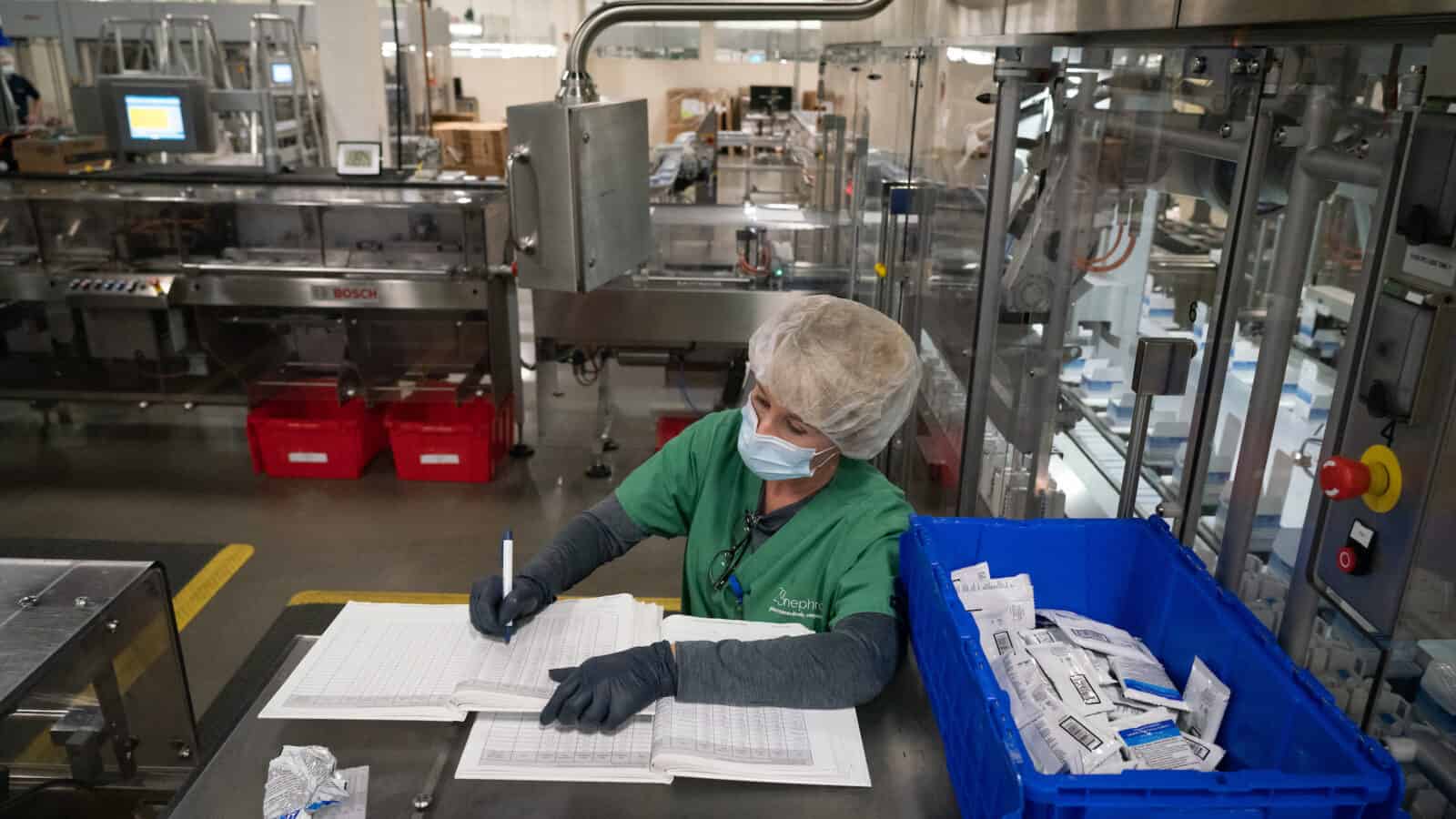Nephron Pharmaceuticals Keeps Promises After Tax Reform

Nephron Pharmaceuticals Corporation, a West Columbia, South Carolina–based manufacturer, has been instrumental in helping American hospitals during the pandemic. The company produces inhalation solutions and suspension products, as well as prefilled sterile syringes, vials, IV bottles and IV bags. Meanwhile, Nephron also launched a COVID-19 diagnostics lab and vaccination center last year and recently announced plans for a new U.S. plant that will produce medical-grade nitrile gloves.
It is thanks to the Tax Cuts and Jobs Act of 2017 that Nephron has been able to keep investing in its workforce and facilities. Nephron President, CEO and Owner Lou Kennedy recently spoke to us about the company’s expansion and the benefits of the tax reform law’s provisions.
An early start: Nephron didn’t wait to begin sharing the benefits with its employees. Within days of tax reform’s passage, the company announced that employees would receive a 5% raise.
An expanded workforce: Tax reform also helped the company grow over time, from its pre–tax reform size of 485 employees.
- Today, the company has nearly 1,200 full-time employees and almost 800 more part-time employees, including educators, interns and apprentices—a massive expansion that shows no signs of stopping.
- In fact, Nephron expects to have 400–500 jobs to fill in the next 12 months alone.
In addition, the company skews young and diverse—around 53% of the workforce are women, more than 36% are people of color, and the average employee age is about 35.
Offering good jobs: The company now offers a starting salary in the range of $17 per hour. Meanwhile, it has also increased its long-term incentives and bulked up its 401(k) plan.
Growing operations: In addition to its workforce expansion, Nephron is using the benefits of tax reform to invest in its facilities and expand its footprint.
- The company is in the midst of five multimillion-dollar projects, including one worth $215 million that Nephron has said was made possible by tax reform. This project will bring 380 new full-time jobs to the surrounding area by 2024 and add new office, warehouse and production space as well as a vaccine production facility.
How tax reform helped: Nephron is organized as a pass-through entity, which helped the company benefit from the lower top tax rate (37%) that tax reform offered. It also benefited from the 20% pass-through deduction and a full expensing provision that allows for the immediate deduction of equipment purchases.
- The tax code’s research and development incentives, including R&D full expensing, have also been hugely important to Nephron, helping it develop the therapies that stop COVID-19 in its tracks.
The last word: “Since the Tax Cuts and Jobs Act passed, we have plowed dollars back into our businesses and our workers,” said Kennedy. “We would certainly have to pump the brakes if tax reform were to be rolled back. We’re hopeful that Congress and the administration will leave tax reform in place to incentivize domestic manufacturing.”
